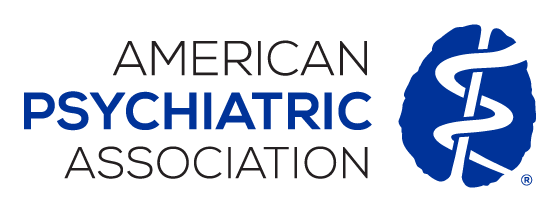 |
“Both medications are effective treatments for opioid use disorders versus counseling-only approaches or compared to placebo. What is now clear is how similar the outcomes are for those initiating treatment with either medication,” Joshua D. Lee, M.D., M.Sc., of NYU School of Medicine said in a press release. “Patients wanting naltrexone but who are unable to complete detox should be encouraged to start an agonist-based treatment like buprenorphine.”
Naltrexone (an opioid μ-receptor antagonist) differs from buprenorphine both in terms of induction and ongoing care. The medication cannot be initiated until patients are fully detoxified without risking precipitated withdrawal, but once initiated, naltrexone produces no opioid-like effects and no physiological dependence. In contrast, buprenorphine (a partial agonist) can be initiated as soon as patients are in mild-to-moderate withdrawal. Unlike naltrexone, buprenorphine maintains physiological opioid dependence, and withdrawal is likely to occur on discontinuation.
Lee and colleagues randomly assigned 570 patients with OUD to receive monthly injections of extended-release naltrexone (brand name Vivitrol) or daily buprenorphine-naloxone (brand name Suboxone) for 24 weeks. Study participants were 18 years or older and had used non-prescribed opioids in the past 30 days. Unlike patients in the buprenorphine-naloxone group, who received medication shortly after randomization, those assigned to naltrexone had to complete detoxification before receiving the first injection of medication. Detoxification was defined as not using an opioid for three or more days, having urine that tested negative for opioids, and having a negative naloxone challenge.
As expected, fewer patients successfully initiated naltrexone compared with buprenorphine/naloxone (72% versus 94%). Of the 474 patients who successfully began treatment, the proportion of opioid-relapse events over the course of the study was similar (52% for the naltrexone group versus 56% for the buprenorphine/naloxone group). The proportion of participants reporting adverse events and serious adverse events did not differ between the groups, with the exception of reactions at the injection site of naltrexone, all of which were of minor to moderate severity.
“Studies show that people with opioid dependence who follow detoxification with no medication are very likely to return to drug use, yet many treatment programs have been slow to accept medications that have proven to be safe and effective,” Nora D. Volkow, M.D., director of the National Institute on Drug Abuse, said in a press release. “These findings should encourage clinicians to use medication protocols, and these important results come at a time when communities are struggling to link a growing number of patients with the most effective individualized treatment.”
For related information, see the Psychiatric News PsychoPharm article “Psychiatrists Discuss Risks, Benefits of Medications for Opioid Use Disorder.”
(Image: iStock/monkeybusinessimages)


